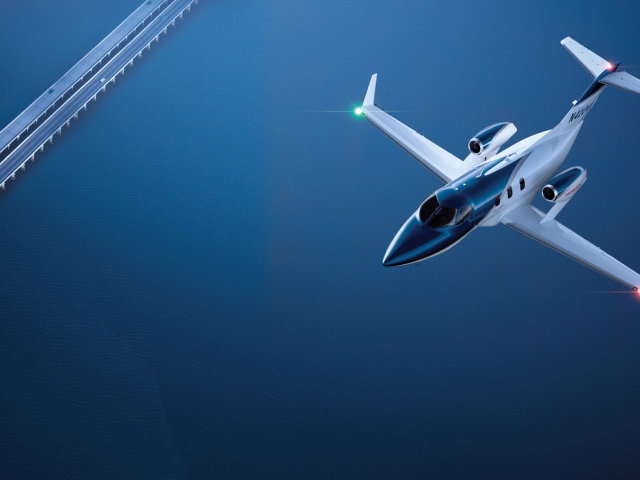
Honda founder Soichiro Honda dreamt long ago of applying his company's technological expertise to the field of aviation. In 1986, a young Honda engineer named Michimasa Fujino crystallized that vision when Honda initiated research and development into an advanced, air-bound Honda. The Honda Aircraft Company has recreated the business jet from the ground up with a truly clean sheet design. By mounting engines over the wing, designing Natural Laminar Flow for the wing and fuselage, and applying other innovations, the HondaJet outperforms all other aircraft in its class. The culmination of cutting-edge innovation makes the HondaJet the world's most advanced light business jet. It climbs and cruises faster, soars higher, offers more room and less noise, and uses less fuel. In Japanese history, this is the first aircraft to be constructed and assembled by a non-state company. HondaJet is capable of developing a top speed of 778 km/h. The cost of the aircraft is $4.5 million.
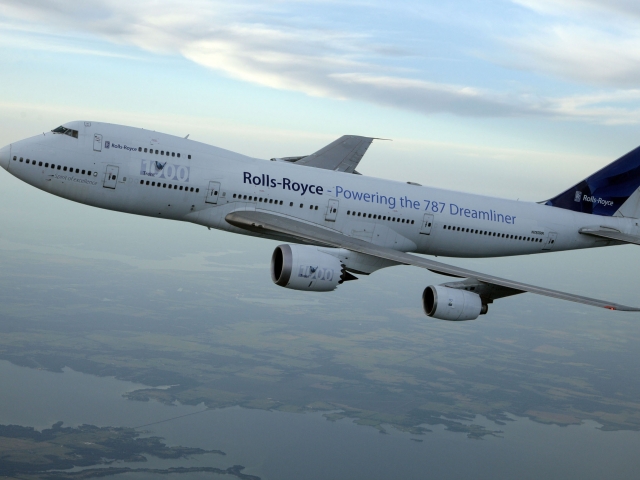
Credit World War I for putting the pressure on Rolls-Royce to expand from cars to planes. Already one of the young auto industry's premier manufacturers, the British company was reluctant to follow the urging of its government to start making aircraft engines for the war effort. But when they did—in 1914 under a license with Renault, a year later under their own brand—the firm brought the same level of craftsmanship and reliability to that effort that Rolls-Royce had come to represent. Today, Rolls-Royce is the second-biggest aircraft engine manufacturer in the world, behind GE. Split into separate companies decades ago, the aircraft engine business dwarfs the luxury car racket.
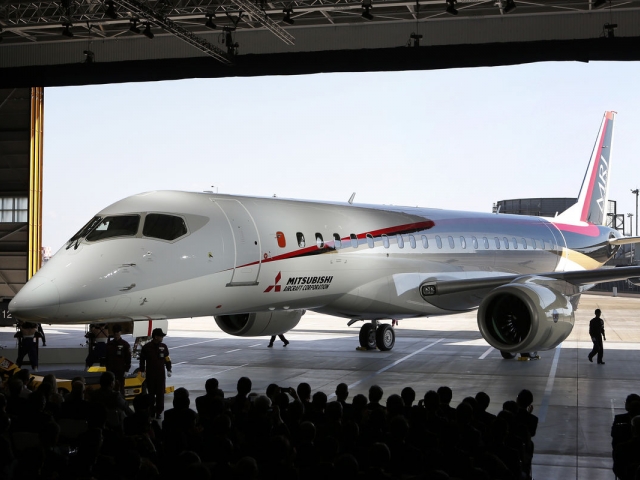
The activity of another automobile brand from Japan is inextricably linked with aircraft construction. Mitsubishi produced fighters back in the days of World War II. In 2017 the company plans to make a triumphant return of the brand to aviation. Customers are waiting for the MRJ, a twin-engine regional jet aircraft seating 70–90 passengers manufactured by Mitsubishi Aircraft Corporation. However, the first MRJ will get in the air this year. It is noted that the main customers of the aircraft are Japanese, American and Myanmar Airlines.
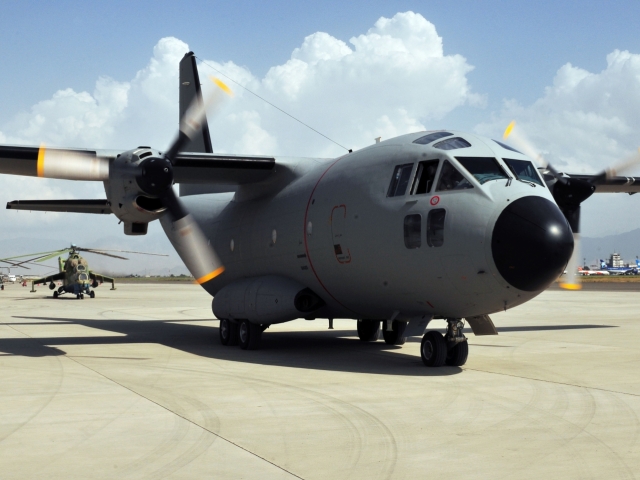
The American automobile brand Chrysler began its experiments in the aviation sphere also during the Second World War, then the brand was engaged in assembling engines for aircraft. In the 60s, an American company tried to create its own airliner, but it turned to be unsuitable. After another 30 years, the US Army prompted Chrysler to assemble the C-27 Spartan military transport aircraft. This aircraft ship is quite popular today. The military aircraft accommodates 46 soldiers or 9 tons of cargo. In addition to the standard transport configuration, specialized variants of the C-27J have been developed for maritime patrol, search and rescue, C3 ISR (command, control, communications, intelligence, surveillance and reconnaissance), fire support and electronic warfare and ground-attack missions. The distance that C-27 can overcome is equal to 555 km .
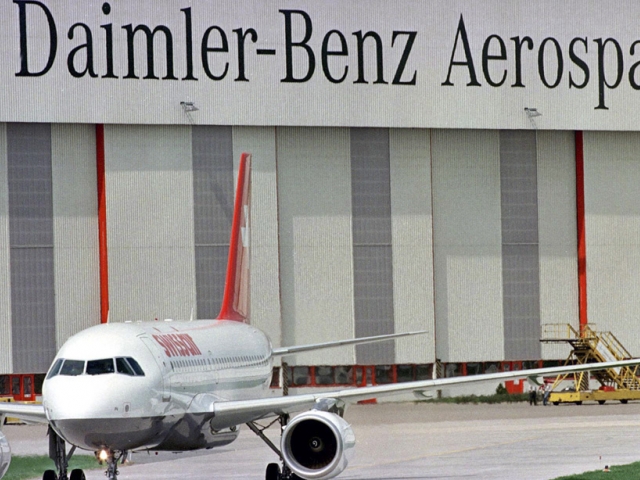
It was impossible not to mention the German automotive concern Daimler. With less than a decade under its belt, Daimler-Benz Aerospace AG has transformed the German aircraft industry from a bit player on the global scene into a leading star of the European aerospace industry. This company tried to succeed in building aircraft engines during the war. However, after the end of the Great Patriotic War, Daimler stopped the production of components for aircraft. In 1987, German automaker Daimler-Benz had several reasons for acquiring and consolidating the German aerospace industry's largest players. First, Daimler-Benz leader Edzard Reuter hoped that DASA would help diversify his company from its core in luxury carsand heavy-duty trucks. He also believed that the aerospace business would complement the automotive operations by providing insights into new technologies and engineering. Perhaps more importantly, it was expected that the amalgamation would return Germany's aerospace industry to the position of leadership it had enjoyed in the early 20th century.
 Български
Български 
 Русский
Русский English
English Bahasa Indonesia
Bahasa Indonesia Bahasa Malay
Bahasa Malay ไทย
ไทย Español
Español Deutsch
Deutsch Français
Français Tiếng Việt
Tiếng Việt 中文
中文 বাংলা
বাংলা हिन्दी
हिन्दी Čeština
Čeština Українська
Українська Română
Română
